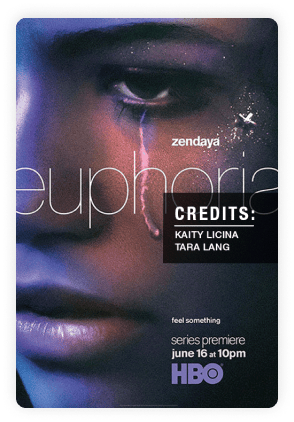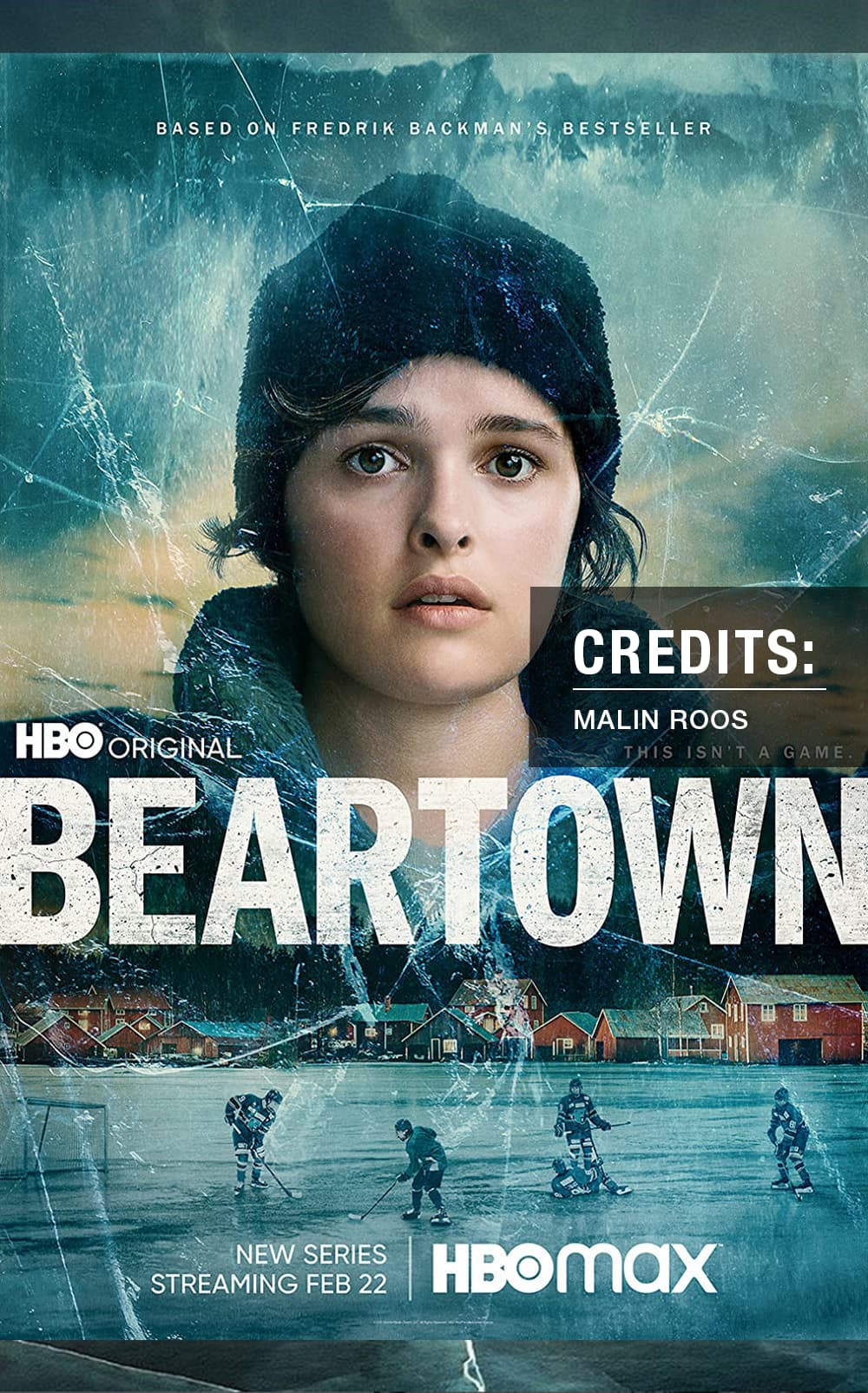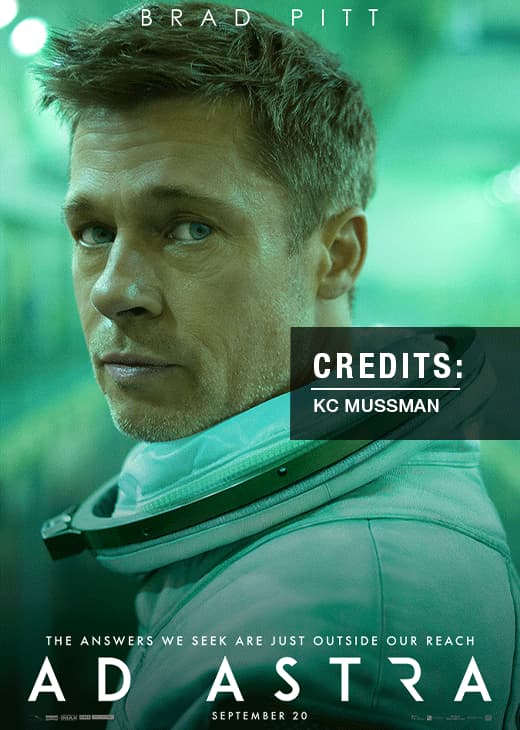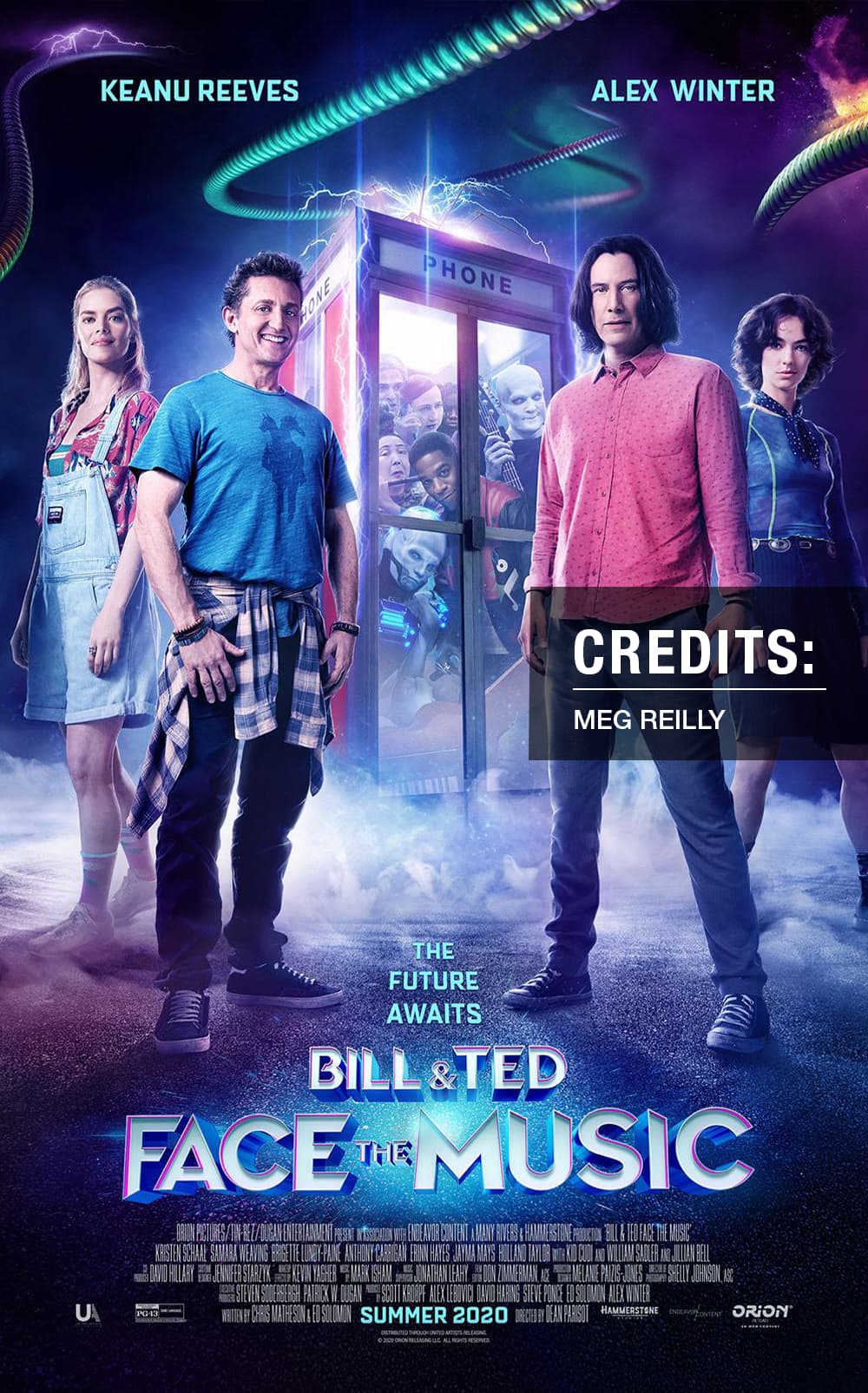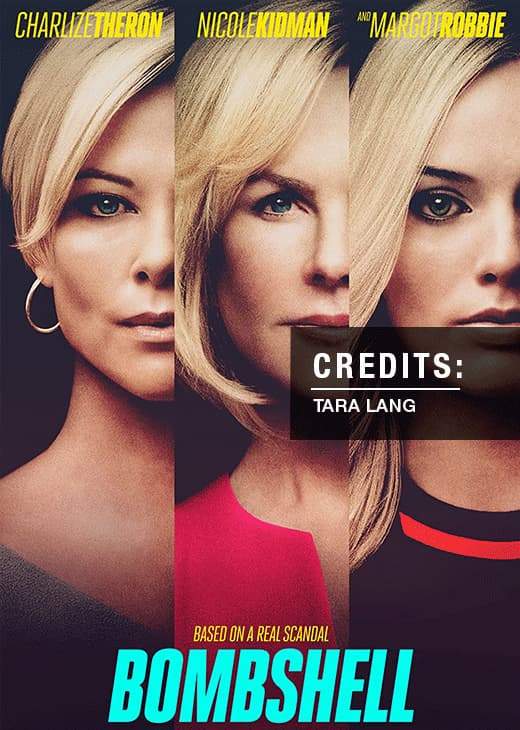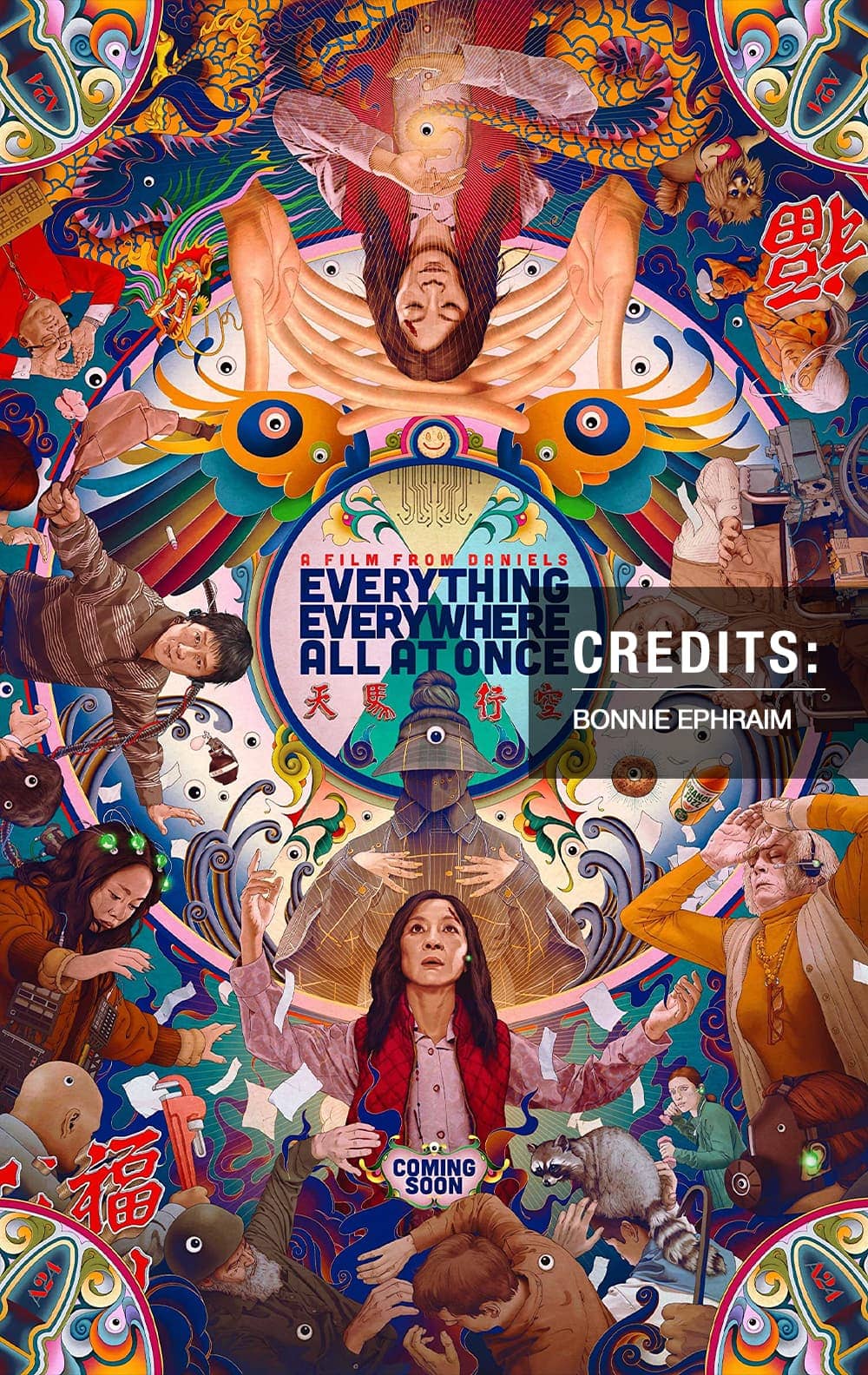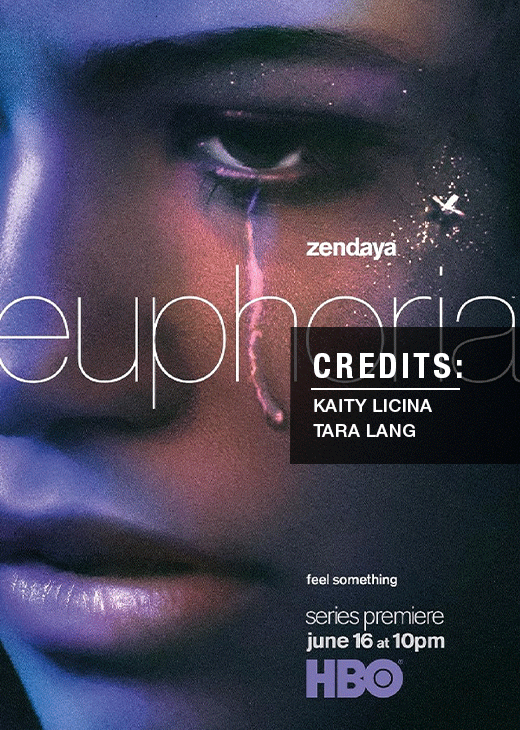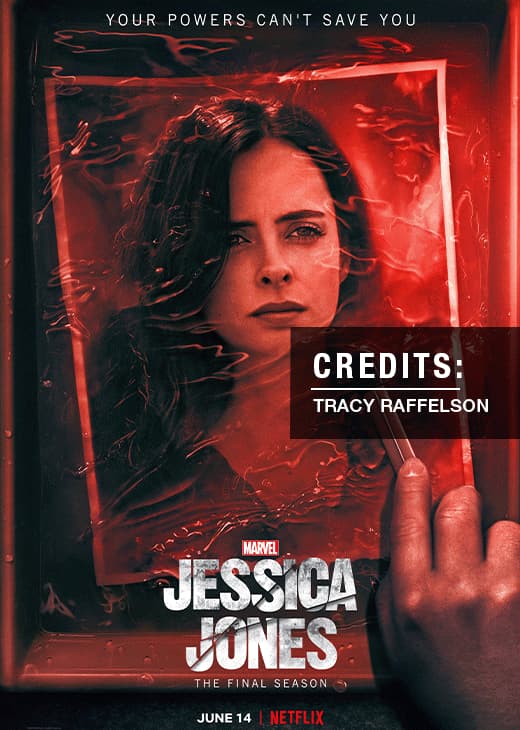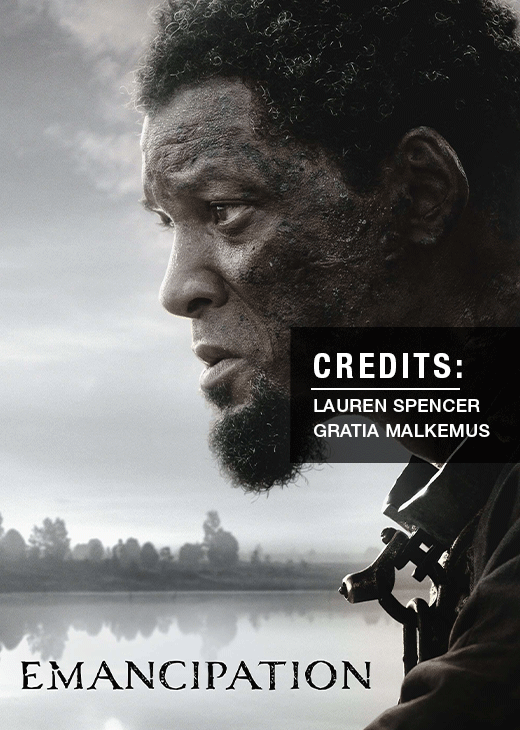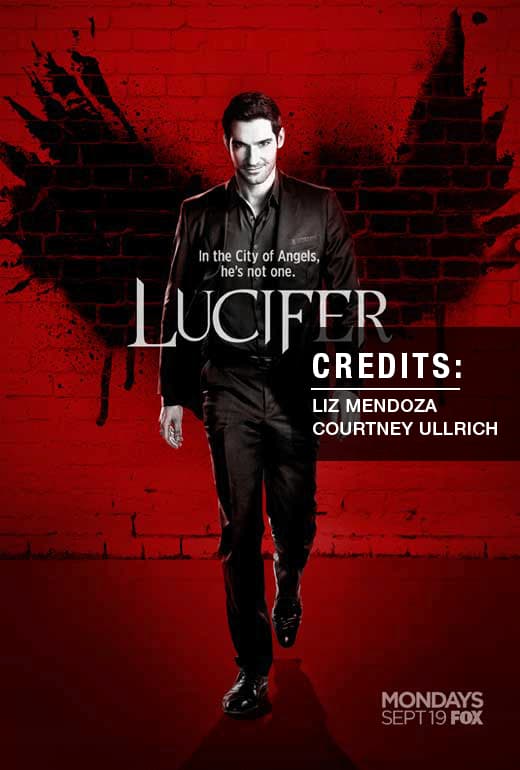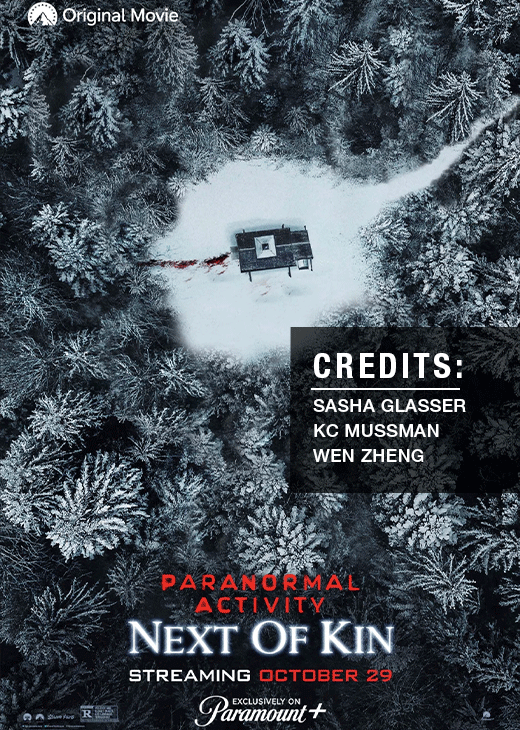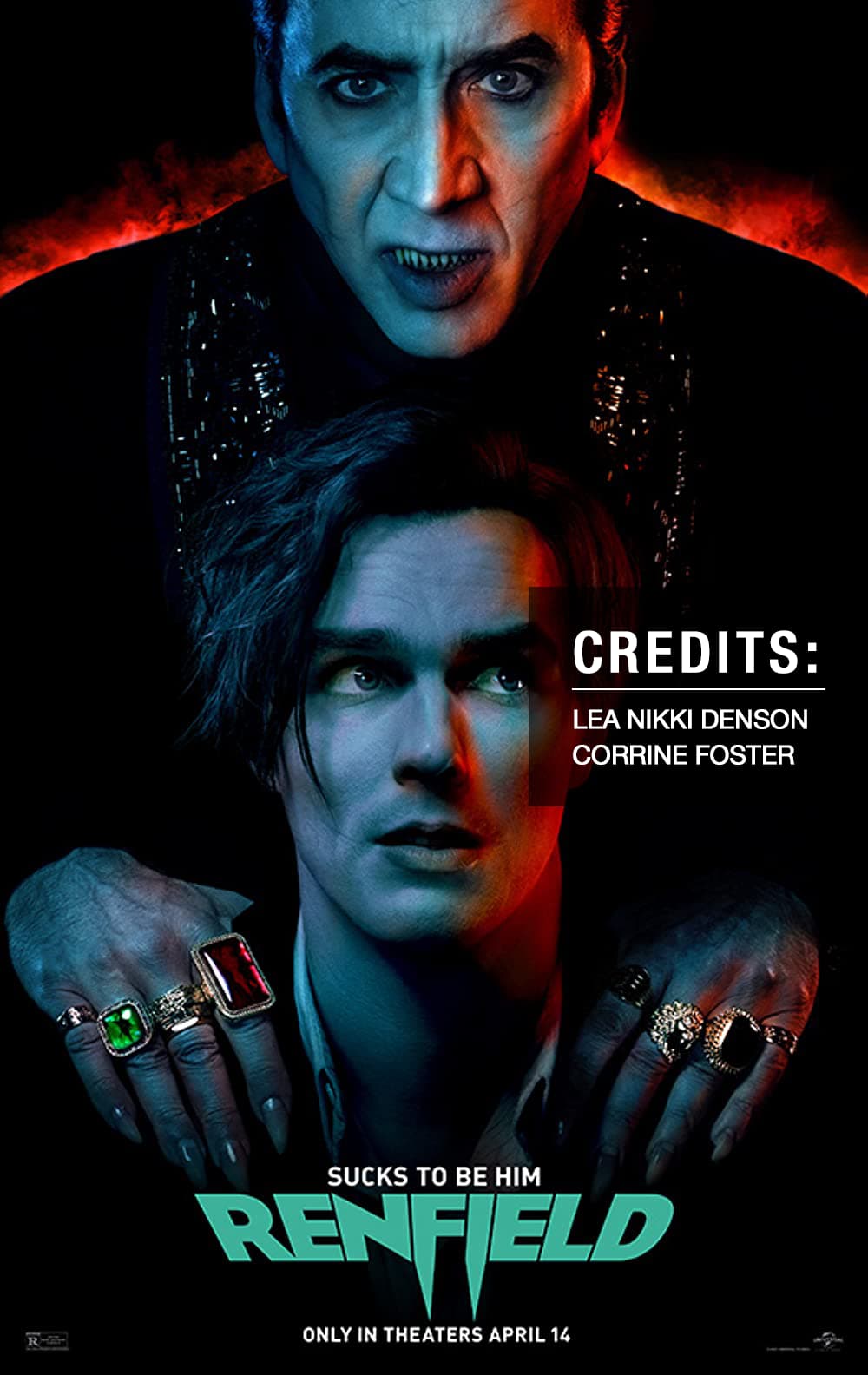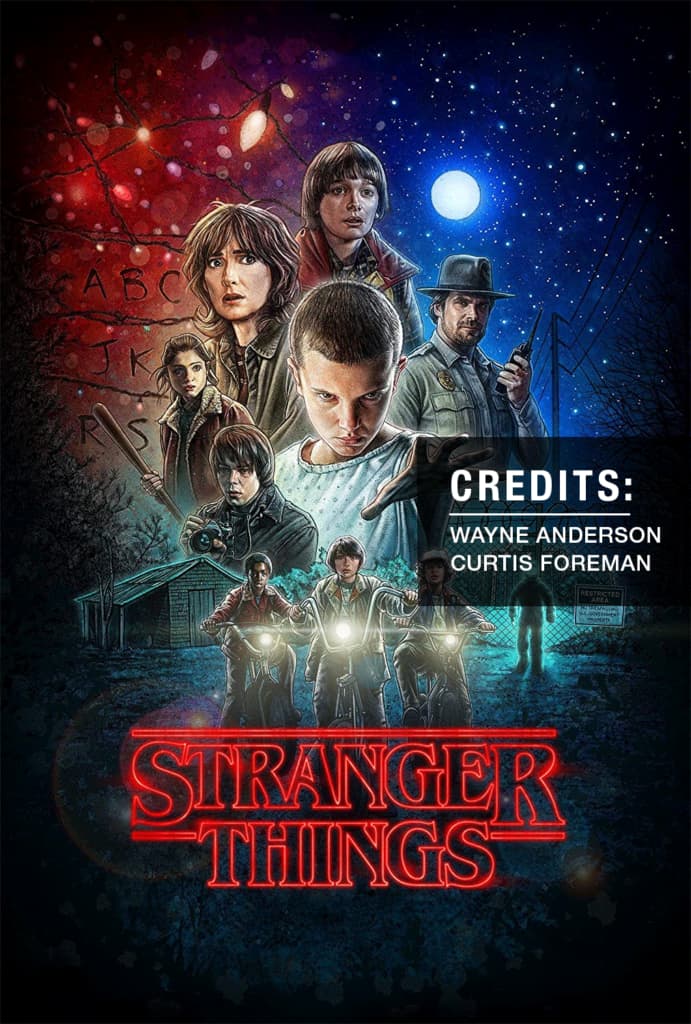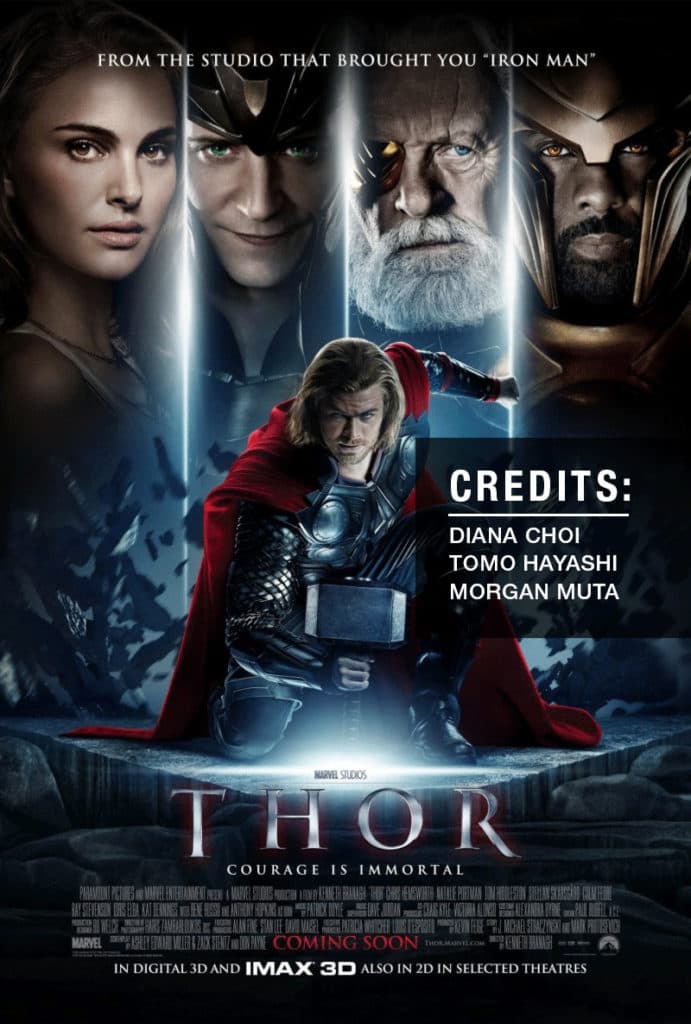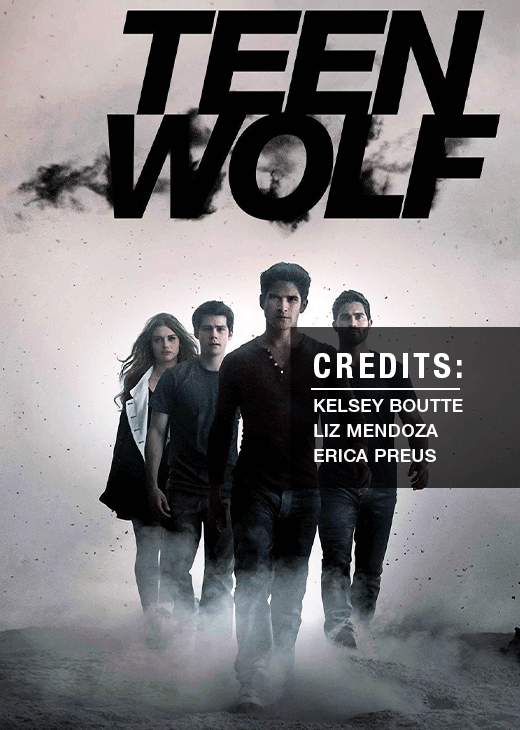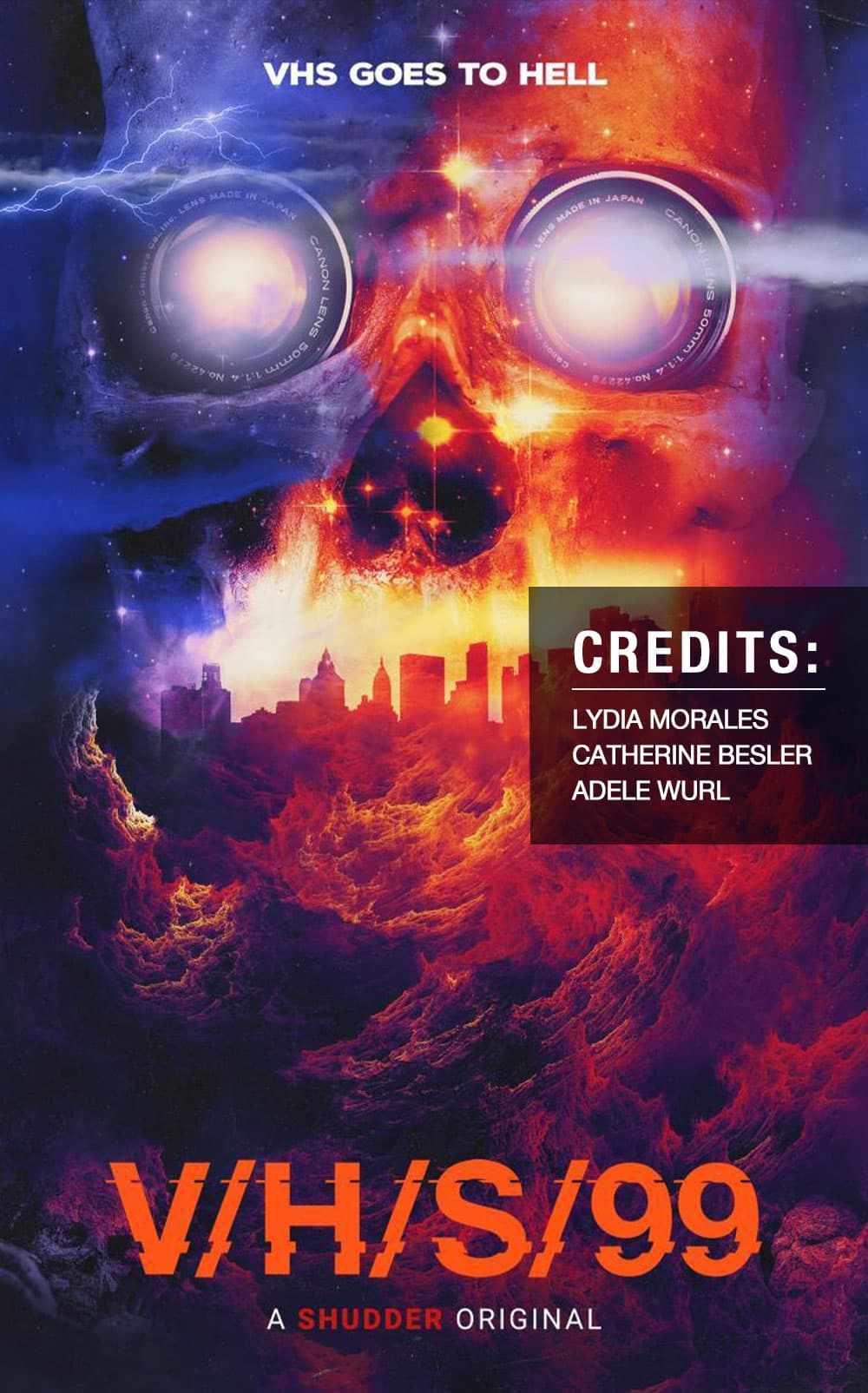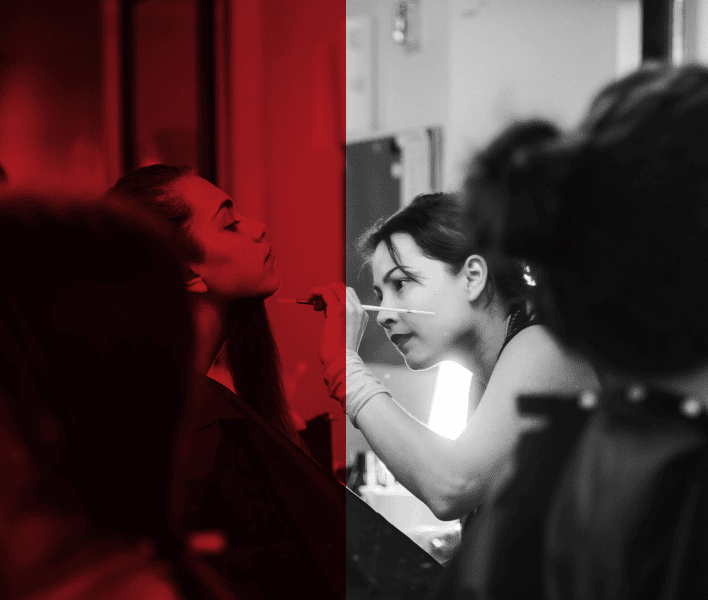Have you ever wondered why actors look so different on stage compared to how they look on the big screen? If you’ve been to a live theatre show, you’ve probably noticed how bold and dramatic the actors’ makeup is.
But if you’ve watched a movie, the makeup seems a lot more natural and subtle, even when it’s for a character with intense special effects. There’s actually a big difference between makeup for the stage and makeup for movies, and it all has to do with how both mediums are viewed and how makeup helps bring the characters to life.
Let’s go through the key differences between theatre stage makeup and movie makeup, and understand how each one is tailored to its specific medium.
| Aspect | Stage Makeup | Movie Makeup |
| Purpose | Bold and exaggerated for visibility in large spaces | Subtle and realistic for up-close shots |
| Lighting | Harsh, direct lighting on stage | Controlled lighting for different effects |
| Products Used | Thick foundations, greasepaint, bold colors | HD foundation, airbrush makeup, fine powders |
| Techniques | Layering, strong contouring, exaggerated features | Light contouring, precise application |
| Durability | Long-lasting, resistant to sweat and heat | Long-lasting, but often touched up during shoots |
| Special Effects | Prosthetics, exaggerated transformations | Realistic prosthetics, digital effects |
Now, let’s understand the difference in detail:
Difference Between Movie Makeup and Theatre Stage Makeup
1. The Influence of Lighting: The Biggest Game-Changer
One of the biggest differences between stage and movie makeup comes down to lighting conditions.
Stage Makeup: Built to Withstand Harsh Lights
Theater productions use intense, direct lighting, often with multiple sources, including spotlights and colored gels. These lights tend to wash out facial features, making actors look flat and lifeless from the audience’s perspective. To counteract this, stage makeup needs:
✔ Bold colors to enhance facial features
✔ Heavy contouring to define bone structure
✔ Matte finishes to prevent shine under hot lights
Since audience members can be sitting far away, makeup artists exaggerate features – think darker brows, deeper contour, and more vibrant lip colors – so the actor’s expression remains readable even from the last row.
Movie Makeup: Precision for the Camera
Film and television rely on high-definition cameras that pick up every detail, including pores, wrinkles, and texture. Unlike stage lights, movie lighting is often softer, more controlled, and more natural – which means makeup must look flawless up close.
Movie makeup techniques focus on:
✔ Subtle, natural-looking finishes to avoid looking cakey on camera
✔ Blended contouring rather than harsh lines
✔ HD and airbrush makeup to create a smooth, skin-like appearance
✔ Oil-control techniques to reduce shine for long shooting hours
Since cameras capture everything, a heavy-handed approach (like that used in theater) would look overdone and unnatural on film.
2. Application Techniques: Bold vs. Seamless
Stage Makeup: Strong, Defined Features
Stage makeup artists use thicker foundations, darker contours, and vibrant pigments to ensure actors don’t look washed out.
- Powders and creams work well because they hold up under hot stage lights.
- Exaggerated eyeliner and blush help bring life to the face.
- Fake facial hair and prosthetics are sometimes used for character roles but must be durable enough for hours of wear.
Since actors don’t get close-ups, blending isn’t as critical as in film. The goal is visibility rather than realism.
Movie Makeup: High-Definition Perfection
On camera, makeup must appear as natural as possible.
- Airbrushed foundation is a common technique to create flawless, lightweight coverage.
- Blending is everything—visible makeup lines can ruin a close-up shot.
- Prosthetics and SFX makeup need extreme precision because cameras pick up even the smallest imperfections.
Film makeup artists must also consider continuity – scenes are shot out of order, so an actor’s look must be perfectly replicated every time.
3. Sweat, Tears, and Durability
Stage Makeup: Built to Last
Performers sweat under hot lights, and their makeup must endure hours of movement, expression, and costume changes.
✔ Long-wearing, sweat-proof formulas are essential.
✔ Powder setting prevents shine and keeps everything in place.
✔ Sealing sprays lock in makeup for an entire performance.
Since there are no retakes in live theater, makeup must be applied once and last all night without touch-ups.
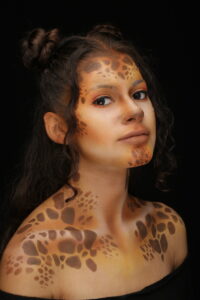
Movie Makeup: Constant Touch-Ups
Unlike theater, film actors have the luxury of makeup artists on set for regular touch-ups.
✔ Lighter, more breathable products allow for frequent reapplication.
✔ Matte-finish and oil-control techniques help actors stay fresh on camera.
✔ CGI-friendly makeup is sometimes needed to allow digital effects to blend seamlessly.
Since film productions involve multiple takes and long hours, on-set maintenance is a crucial part of a makeup artist’s job.
4. Special Effects and Character Transformations
Both theater and film use SFX makeup for fantasy, horror, and period pieces, but the execution is vastly different.
Stage SFX: Bold and Durable
- Large latex prosthetics (like scars, noses, or aging effects) are common.
- Thick layers of blood or dirt must be visible to the audience.
- Designs must hold up under hot lights and long performances.
Example: The Phantom’s mask in The Phantom of the Opera is an example of stage prosthetics designed for visibility from far away.
Film SFX: Hyper-Realistic Detail
- Silicone prosthetics are preferred for their realistic texture.
- Seamless blending is required to make effects look natural in close-ups.
- CGI integration may enhance practical effects.
Example: The zombie makeup in The Walking Dead relies on fine detail, intricate blending, and multiple layers to look terrifying up close.
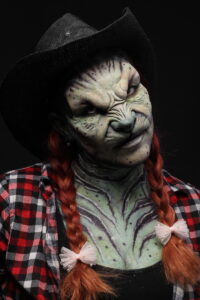
5. The Role of Makeup Artists in Each Industry
Theater Makeup Artists:
✔ Work backstage in fast-paced environments
✔ Must apply makeup quickly between scenes
✔ Have to train actors to do their own makeup (especially in smaller productions)
Film Makeup Artists:
✔ Work on set all day for touch-ups and continuity
✔ Collaborate with directors and cinematographers to ensure lighting complements makeup
✔ Specialize in hyper-realistic or special effects makeup for close up shots
The skill set overlaps, but theater artists focus on bold application and endurance, while film artists emphasize detail, realism, and adaptability.
Which One Should You Learn?
If you’re passionate about bold, expressive looks and love the energy of live performances, stage makeup is a fantastic skill to master.
If you prefer precision, realism, and cinematic transformations, then film makeup is the way to go.
Cinema Makeup School, which is part of a broader educational institution Cinema Art College Corp, offers hands-on training, expert mentorship, and real-world industry experience to equip students for careers in film and theater. The instructors are working professionals who bring years of experience to the classroom.
Whether you dream of working behind the scenes on a blockbuster film or transforming actors on a Broadway stage, mastering both stage and film makeup will give you a competitive edge in the industry.
Cinema Makeup School offers an SFX Makeup Course and more comprehensive programs as well where you’ll learn the advanced techniques needed to create incredible characters. You would dive into prosthetics, character makeup, airbrush techniques, and even digital tools like ZBrush for crafting 3D designs.
Ready to Become a Pro?
If you’re passionate about makeup artistry, check out the diploma programs, courses, and workshops at Cinema Makeup School and start your journey into the field of professional makeup!
Enroll Today and bring your artistic vision to life!
FAQ
Q1: Can I learn both stage and movie makeup at the same time?
Yes, many makeup schools, including Cinema Makeup School, offer programs that teach skill sets and techniques that can be applied to both stage and movie makeup. Learning both disciplines can give you a competitive edge in the industry, as you’ll be prepared to work on a wide range of projects, from theater productions to blockbuster films.
Q2: How do makeup artists ensure continuity in movie makeup?
In film, maintaining continuity is crucial because scenes are often shot out of order. Makeup artists keep detailed records of every actor’s makeup look, using reference photos to replicate the same look consistently across multiple takes or shoots. They also use special techniques like airbrush makeup for smooth, lasting coverage that can withstand long shooting hours.
Q3: Why do stage makeup artists use such bold contouring?
Stage makeup artists use bold contouring to define facial features and create a dramatic look that is visible even from far away. Strong highlights and shadows help to accentuate the actor’s expressions under the intense stage lighting, ensuring that their face doesn’t appear flat or washed out.








